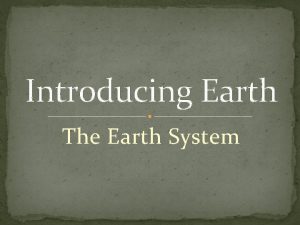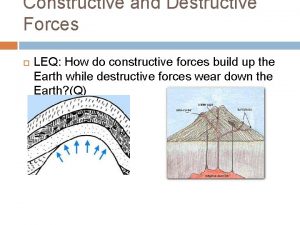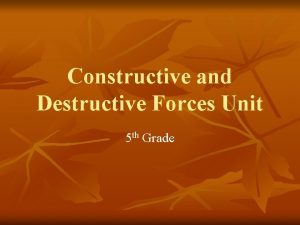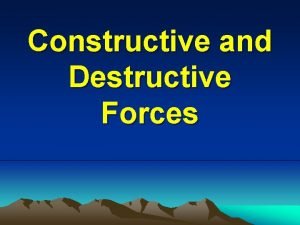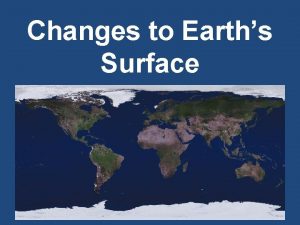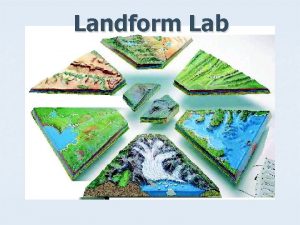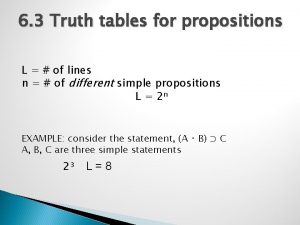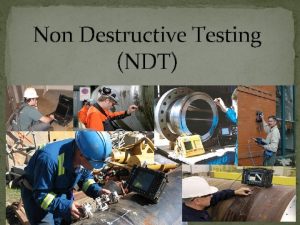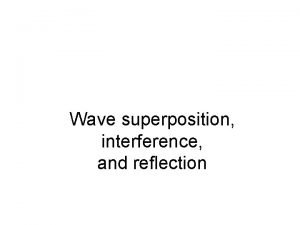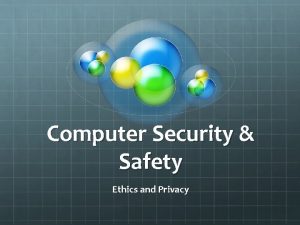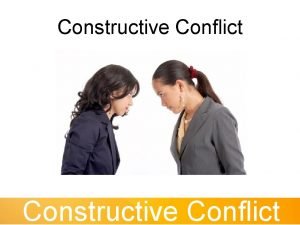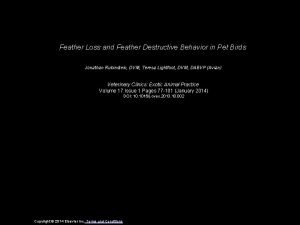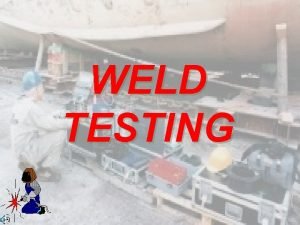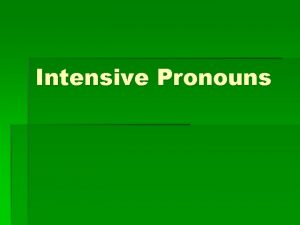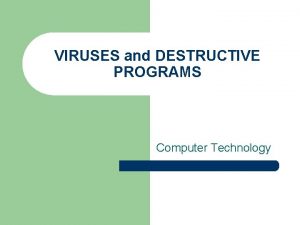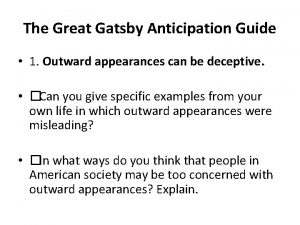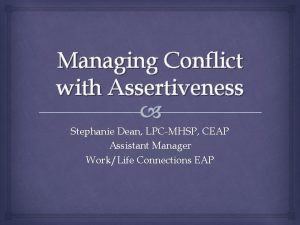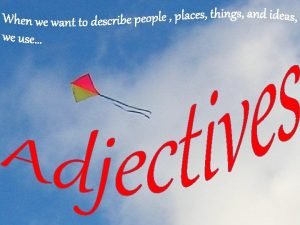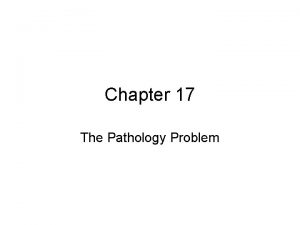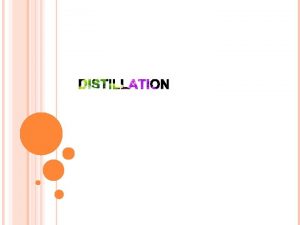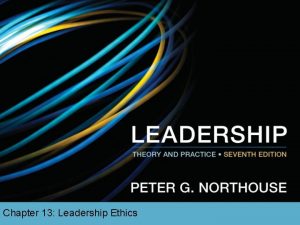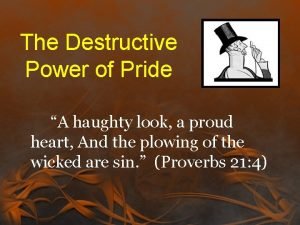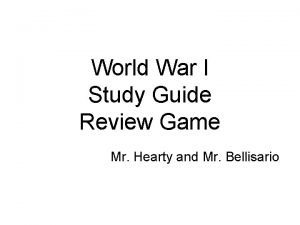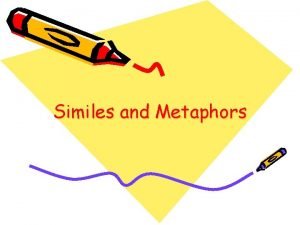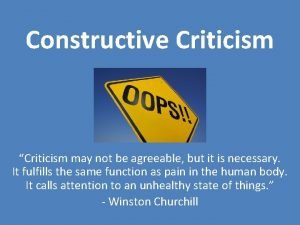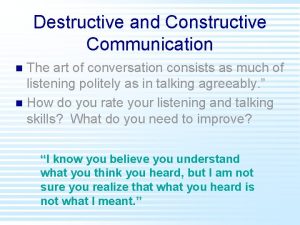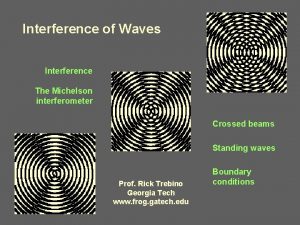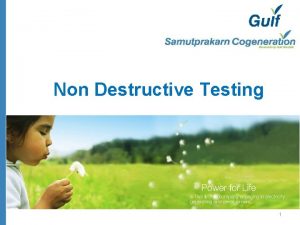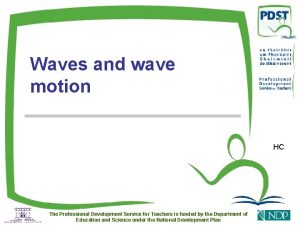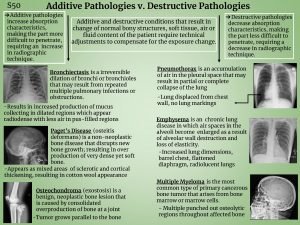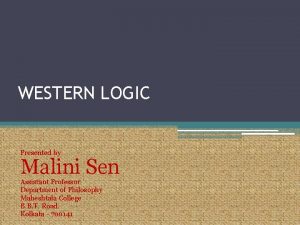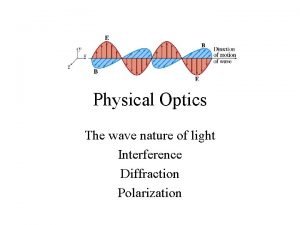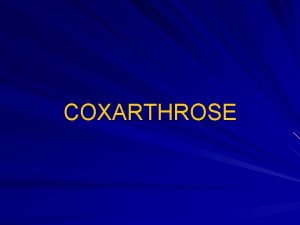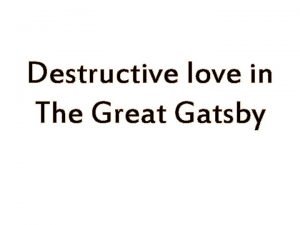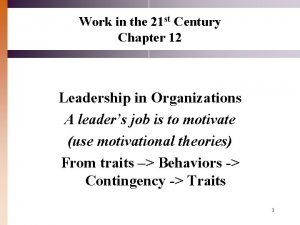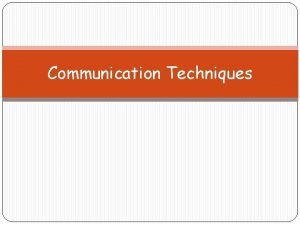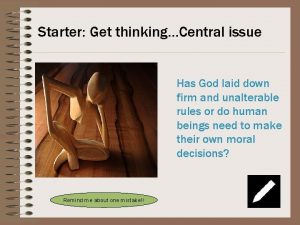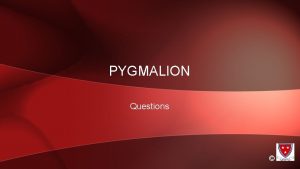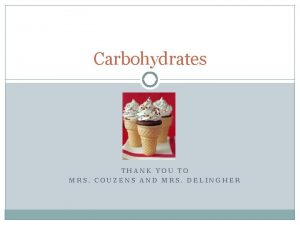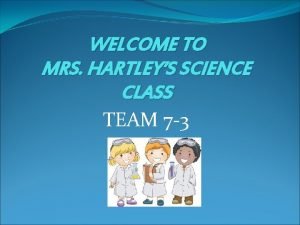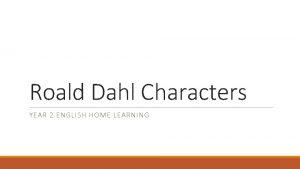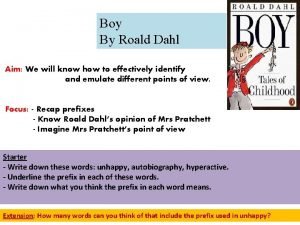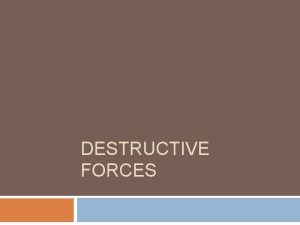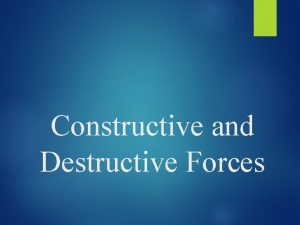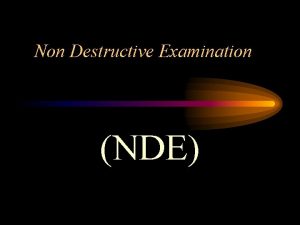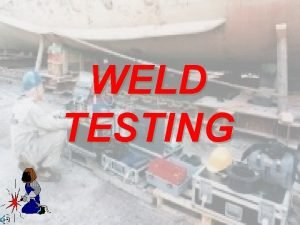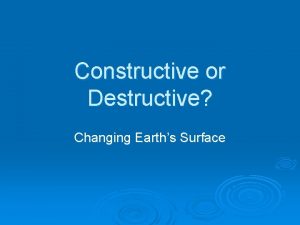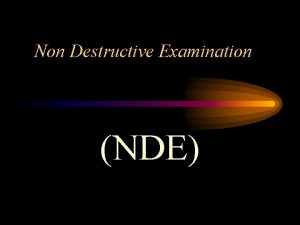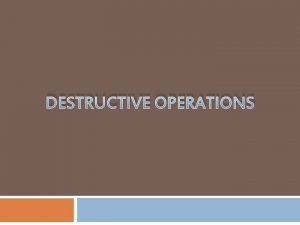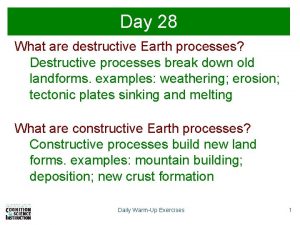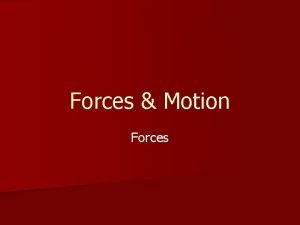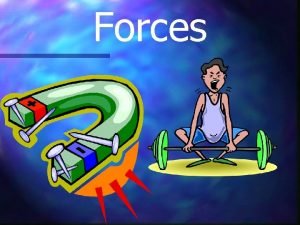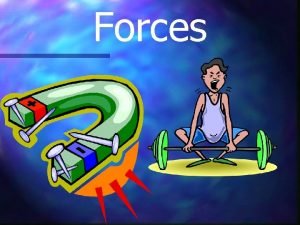DESTRUCTIVE FORCES Mrs Daugherty WHAT ARE DESTRUCTIVE FORCES































































- Slides: 63

DESTRUCTIVE FORCES Mrs. Daugherty

WHAT ARE DESTRUCTIVE FORCES? Get out a sheet of paper. We are going to POWER WRITE!!!!

WEATHERING What is weathering? _________________________________________ There are 2 types of weathering – Mechanical (physical) or chemical. �What is mechanical weathering? _______________________________________ _______. Sediment – small pieces of rock

MECHANICAL WEATHERING? Let’s watch a quick video on mechanical weathering. Please make sure your sound is muted.

TYPES OF MECHANICAL (PHYSICAL) WEATHERING Ice � How does ice cause weathering? ____________________________________________ ________

TYPES OF MECHANICAL (PHYSICAL) WEATHERING Air, water, plants and animals. � As sand air hits the rocks, they weaken. Over time, they crack and crumble. � Plant roots can grow through cracks and break apart rocks. � Burrowing animals push against rocks and allow water to move deeper into rocks and soils, where freezing and thawing can weather rocks.

MECHANICAL (PHYSICAL) ANDCHEMICAL WEATHERING Although mechanical weathering breaks rocks, it does not change the type of rock. CHEMICAL WEATHERING – ________________________ ____ . Limestone path, completely broken down and weathered.

CHEMICAL WEATHERING? Let’s watch a quick video on chemical weathering. Please make sure your sound is muted.

CHEMICAL WEATHERING �Water is the main factor that causes chemical weathering. Water dissolves certain chemicals from the air and soil to for a weak acid. The acidic water (water with acid in it) dissolves certain minerals. Certain types of rock of more affected by this type of weathering…Such as limestone and marble.

CHEMICAL WEATHERING Usually weathering in a particular area occurs because many different types of weathering. Most weathering occurs near the earth’s surface; although some can occur below the surface. CAVES � Water trickling underground can affect rock beneath the surface. � Caves are underground hollow areas created by weathering. � Large caves are called caverns. � Most caverns are made from limestone.

HOW CAVES ARE FORMED First Second Third • Weak acids seep into the ground until they reach a zone soaked with water. • The ground water becomes more acidic. • The acidic water dissolves minerals in the rock • Holes are produced in the rock. As the holes grow, passages, chambers and pits are formed, eventually becoming a cave. Fourth Fifth • The water drains away from the cave.

CAN YOU PUT THESE IN ORDER? _____ ____ • The water drains away from the cave. • Holes are produced in the rock. As the holes grow, passages, chambers and pits are formed, eventually becoming a cave. • The ground water becomes more acidic. • Weak acids seep into the ground until they reach a zone soaked with water. • The acidic water dissolves minerals in the rock

COMPREHENSION CHECK…. Which type of weathering is a cave formation? � A. Mechanical � B. Chemical

COMPREHENSION CHECK…. True or False � Weathering A. True B. False usually happens below the earth’s surface?

COMPREHENSION CHECK…. True or False �A destructive force is one that builds up the Earth’s surface? A. True B. False

COMPREHENSION CHECK…. The correct definition for mechanical weathering is � A. breaking of larger rocks into smaller pieces of rock. � B. A destructive force that breaks something down. � C. Rocks changing into other materials.

EROSION Erosion is the carrying away of sediments by moving water, wind, or moving ice. Water is the most common agent of erosion. How do you think this canyon was formed?

EROSION

HOW RIVERS CAUSE EROSION First The river begins as a shallow stream – often at high elevations. Second Gravity moves the water down hill. As the water moves it erodes the ground, dissolving minerals and picking up sediments from the streambed (deposition) Third The rivers becomes wider and deeper and usually joins another stream or river. The increasing flow of water and tumbing of rocks further erode the river channel. Fourth The process may carve out steeper or wider valleys. In some cases, rapid cutting of the valley floor may create a canyon.

EROSION Click on this link for a virtual lab on erosion.

EROSION WITH FROZEN WATER -GLACIERS Gravity moves rivers of ice downhill toward the sea. Glaciers are very large and weigh a lot – the force of the glaciers shapes the earth’s surface. Glaciers can move enormous amounts of soil and rock on the bottom and sides of the ice. � As the glaciers move forward they grind out the surface below them. � Glaciers often carve out hollows in the land they erode. � When the glaciers melt, the hollows fill with water and form a lake. � 10, 000 such lakes are in Minnesota

GLACIERS Click on this link for a look at how glaciers cause erosion.

EROSION – WITH WAVES AND CURRENTS Waves crashing against the shore also break down rock along the coast. � These sediments are dragged back and forth creating sand. Wind and waves from the ocean also batter the headlands. � � � Headlands are narrow sections of land that just out into the ocean. Waves curve around the headland, throwing up salty water and pebbles. This movement over time erodes cracks in the headlands, form caves. Caves on both sides may form an arch. Eventually the arch may collapse. – breaking down the earth’s surface. Click arch to watch video on erosion.

SLOW AND FAST CHANGES Erosion and weathering are gradual affects that take place over time. However, some changes seems to occur very quickly. � Sinkholes – formed with a cave has formed and the rock above has little support causing the cave to collapse. This collapse is called a sinkhole. Sinkholes can form very quickly.

SLOW AND FAST CHANGES Erosion and weathering are gradual affects that take place over time. However, some changes seems to occur very quickly. � Landslides – occur suddenly as a result of erosion. � Landslides are large movements of land that tumble down a steep slope. � Mudslides, rock falls, and avalanches are all examples of landslides. � Gravity is the main cause of a landslide; although other destructive factors are at work. Erosion from rivers, rain, glaciers, or ocean water may steepen a slope and loosen sediment. The sediments become soaked with water and move more easily. Any disturbance, such as a minor earthquake can create cracks, causing landslides. Can volcanoes cause landslides? Click here to find out.

HOW MUCH DO YOU REMEMBER Click on this link and let’s see what you remember!

EARTHQUAKES AND VOLCANOES There are other types of destructive forces that shape and reshape the Earth’s surface Two of these forces are Earthquakes and Volcanoes. While Earthquakes and Volcanoes are destructive – the can also be constructive (build up the Earth’s surface.

EARTHQUAKES AND VOLCANOES We have already learned about the plates that make up the Crust of the Earth. We also know that where those plates meet is called a boundary. What are three types of boundaries we learned about? _________________________________________

EARTHQUAKES Earthquakes usually happen at plate boundaries. The earth’s surface is moving very slowly – so slowly we do not feel it. � Sometimes the earth’s surface moves suddenly and unexpectedly…This sudden movement is an Earthquake

EARTHQUAKES Do you remember the different types of boundaries that exist on the earth? � Convergent – Plates put together � Divergent – Plates push apart � Transform – Plates slide past each other

EARTHQUAKES Faults – crack in Earth’s crust along which movement takes place. � At faults rocks often bend and fold. � Over time stress builds up on the rocks and the plates strain against each other – eventually the plates shudder and jolt - causing an earthquake. � As the crust shakes – seismic waves are sent out….

EARTHQUAKES Seismic waves – waves of energy sent through Earth’s crust when plates move suddenly. �A seismograph detects and measures vibrations in the Earth’s crust.

EARTHQUAKES Faulting – movement of rocks along a fault. � Rocks crack or split into blocks � Blocks continue to move, sometimes causing more faulting.

EARTHQUAKES – 3 TYPES OF FAULTS Faults at diverging boundaries – force stretches block. 1. Eventually rock breaks and the block moves down. Mid-Ocean ridges are the most common locations. Fault at converging boundaries 2. Forces squeeze the rock Rock breaks One piece moves up one piece of the rock moves down – happens in subduction

EARTHQUAKES – 3 TYPES OF FAULTS 3. Fault at a sliding boundary Blocks of rock move past each other Common at sliding boundaries San Andreas Fault is an example

EARTHQUAKES What is an earthquake? � Earthquake – violent shaking of the Earth’s crust as built-up energy is released. � Earthquakes are measured on a scale Richter scale – expressed in magnitude. Anything magnitude 3. 5 or less may not be felt Anything higher than 7. 5 is considered a major earthquake

EARTHQUAKES How do they work? � How intense and what happens on the surface of the earth depends on how far from the focus you are. The focus of an earthquake is the point underground where the faulting occurs. The epicenter is the point on the surface directly above the earthquakes focus.

EARTHQUAKES The intensity of an earthquake is the strongest at the epicenter � Closest to the focus � Seismic waves strongest Shaking is caused by energy from seismic waves � Long after earthquake is over – seismic waves continue – aftershocks

EARTHQUAKES – TYPES OF SEISMIC WAVES Body waves – waves that travel through the earth’s interiors � The deeper they extend the faster they travel � Body waves called P waves can travel through the earth’s interior in less than an hour. Can pass through solid and liquids As they pass through liquid core they change directions When hit the earth’s surface make back-and-forth motion

EARTHQUAKES – TYPES OF SEISMIC WAVES Body waves – waves that travel through the earth’s interiors � S body waves travel slightly slower than P waves. When S waves reach surface – it causes an up and down motion. � S body waves only travel through solids. � When S waves move from mantle to liquid core – they lost their energy and do not return to the surface.

EARTHQUAKES – TYPES OF SEISMIC WAVES Surface waves – travel along the earth’s surface. �L waves (surface waves) travel more slowly than body waves � Do not travel too far from the epicenter � Cause the most damage They make the ground swell and roll like the waves of an ocean Damage is extensive- roads buckle, building fall down, glass breaks, rivers change course, tree topple, cliffs crumble – out at sea MASSIVE waves are set in motion. Click here for a demonstration of earthquakes!

COMPREHENSION CHECK Which type of waves are the most destructive? � A. surface waves � B. body waves

COMPREHENSION CHECK True or false? Seismic waves measure the intensity of the earthquake? � A. true � B. false

COMPREHENSION CHECK True or false? Faults occur at boundaries? � A. true � B. false

COMPREHENSION CHECK True or false? The focus is the point underground where the earthquake occurs. � A. true � B. false

VOLCANOES A volcano is an opening in the Earth’s surface through which melted rock, hot gases, rock fragments, and ash burst forth – or erupt. The word volcano comes from the ancient Roman god of fire – Vulcan. Why?

VOLCANOES How do volcanoes form? � 37 -100 miles below the earth’s surface. Rock is so hot it is melted Magma – melted rock BELOW the earth’s surface � When rock melts – it releases gases. gas mixes with magma making it lighter than solid rock Slowly, the gas-filled magma rises toward the surface As it rises it melts the rock around it, gradually forming a large chamber may be only a few KM below the surface

VOLCANOES How do volcanoes form? � Under pressure from surrounding rock, the magma is forced to escape � It melts or forces a channel in weak or cracked rock � Once near the surface, gas and magma burst through a central opening or vent. � The erupting material builds up, forming a volcanic mountain – or volcano

VOLCANOES After an eruption, the volcano usually collapses into a bowl-shaped mouth – called a crater. Most volcanoes have multiple eruptions Later eruptions may push lava out through side vents and not just through the top

VOLCANOES Volcanic material-3 types 1. Magma – called lava once it reaches the surface. May be fast-flowing and liquid-like May be thick and slow-flowing Lava may be as hot as 2, 000 degrees As it cools it forms: � � boulders Domes Tubes Smooth or jagged sheets

VOLCANOES Volcanic material-3 types 2. Rock fragments forms when gas in sticky magma cannot escape Pressure builds up and the gas blasts the magma apart Fragments will erupt into Dust Ash Large chunks called bombs � � Small bombs may be no large than a baseball Large bombs can be 1 m wide and weigh 100 tons

VOLCANOES Volcanic material-3 types 3. Gases Mostly in the form of steam Contain poisonous chemicals Mix with ash to form deadly black smoke

VOLCANOES Classes of volcanoes and volcanic cones � Shield volcano Lava flows smoothly form a vent and spreads out to cover a wide area Creates a broad, low, dome-shaped volcano

VOLCANOES Classes of volcanoes and volcanic cones � Cinder Cones Formed when rock fragments erupt and are deposited around the vent Cone shaped volcano with steep sides.

VOLCANOES Classes of volcanoes and volcanic cones � Composite Volcanoes Also cone shaped Sides are steeper than a shield Sides are not as steep as a cinder cone.

VOLCANOES Click here for a volcanic activity!

RING OF FIRE An area where a lot of earthquakes and volcanoes occur Outlines Earth’s subduction zones (places where one of Earth’s plates is forced under another) Pacific plate converges with several continental plates

RING OF FIRE

RING OF FIRE Faulting during subduction causes earthquakes and volcanoes � As the subducting plate sinks into the mantle, it melts to form magma � Magma may later rise to the surface as a line of volcanoes

RING OF FIRE Faulting at diverging boundaries also causes earthquakes and create volcanoes � Usually located near the middle of ocean basins � Magma rises to the surface between separating plates Creates volcanic mountain ranges known as ocean ridges � Faulting at the ridges leads to earthquakes

COMPREHENSION CHECK The origin of the word volcano comes from � A. The latin root volcos � B. The Roman God of Fire – Vulcan � C. The Greek word for mighty mountain - Volca

COMPREHENSION CHECK Which type of Volcano has a broad, dome-shaped cone? � A. Shield � B. Composite � C. Cinder

COMPREHENSION CHECK True or False – The ring of fire occurs at subduction zones? � A. true � B. false
 Antigentest åre
Antigentest åre Ellyn daugherty
Ellyn daugherty Christian daugherty
Christian daugherty Is deposition constructive or destructive
Is deposition constructive or destructive They are mrs garcia and mrs castro
They are mrs garcia and mrs castro Mrs. darling was ___________ of mrs. s.
Mrs. darling was ___________ of mrs. s. They are mrs garcia and mrs castro
They are mrs garcia and mrs castro How do destructive forces change the land's surface
How do destructive forces change the land's surface Constructive and destructive forces activities
Constructive and destructive forces activities Constructive and destructive forces 5th grade
Constructive and destructive forces 5th grade Constructive and destructive forces
Constructive and destructive forces What are two examples of destructive forces
What are two examples of destructive forces U shaped valley
U shaped valley Covalent bond intermolecular forces
Covalent bond intermolecular forces Resultant of two parallel forces
Resultant of two parallel forces What are some contact forces and some noncontact forces
What are some contact forces and some noncontact forces Intra vs intermolecular forces
Intra vs intermolecular forces The forces shown above are
The forces shown above are Balanced forces and unbalanced forces venn diagram
Balanced forces and unbalanced forces venn diagram Inter vs intramolecular
Inter vs intramolecular Destructive dilemma truth table
Destructive dilemma truth table Ndt mean
Ndt mean Destructive interference
Destructive interference What is the destructive event or prank the virus delivers
What is the destructive event or prank the virus delivers Constructive process
Constructive process Constructive and destructive conflict
Constructive and destructive conflict Feather destructive behavior
Feather destructive behavior Weld destructive test
Weld destructive test Standing
Standing You will hurt yourself. identify the underlined pronoun
You will hurt yourself. identify the underlined pronoun A destructive computer program
A destructive computer program Great gatsby anticipation guide
Great gatsby anticipation guide Constructive and destructive conflict
Constructive and destructive conflict Destructive tourism
Destructive tourism Destructive superlative
Destructive superlative Is pneumonia additive or destructive
Is pneumonia additive or destructive Simple distillation definition
Simple distillation definition Heifetz perspective on ethical leadership
Heifetz perspective on ethical leadership Look of pride
Look of pride World war i was more destructive than earlier wars because
World war i was more destructive than earlier wars because Summer is like simile
Summer is like simile Constructive vs destructive criticism
Constructive vs destructive criticism Destructive communication
Destructive communication Michelson interferometer formula
Michelson interferometer formula Destructive testing
Destructive testing Frequency units
Frequency units Additive pathology in radiography examples
Additive pathology in radiography examples Non-destructive functional analysis
Non-destructive functional analysis Malini sen
Malini sen Constructive and destructive interference
Constructive and destructive interference Is strip mining constructive or destructive
Is strip mining constructive or destructive Coxarthrose destructive rapide
Coxarthrose destructive rapide Couples in the great gatsby
Couples in the great gatsby Destructive criticism
Destructive criticism Padilla
Padilla Communication constructive
Communication constructive Differences between constructive and destructive waves
Differences between constructive and destructive waves Mrs bergmeier
Mrs bergmeier What does liza do wrong at mrs. higgins' home?
What does liza do wrong at mrs. higgins' home? Mrs couzens
Mrs couzens Mrs wild going wild
Mrs wild going wild Mrs hartleys
Mrs hartleys Mrs twit description extract
Mrs twit description extract Mrs pratchett description
Mrs pratchett description







